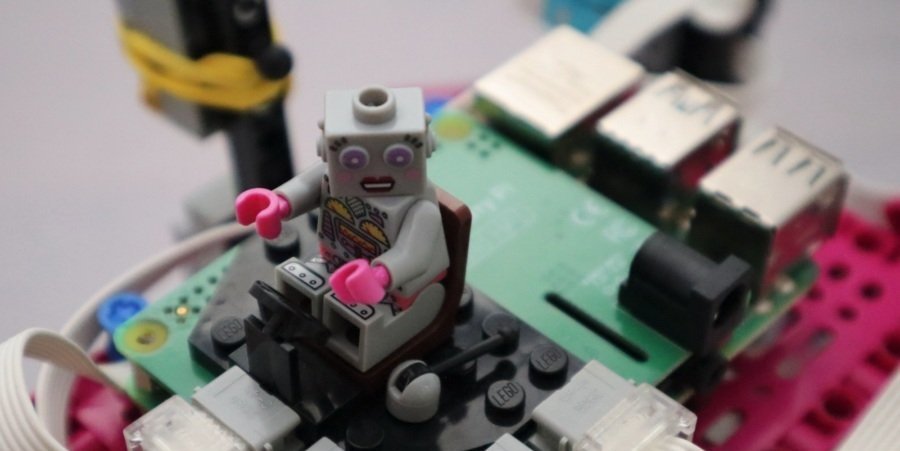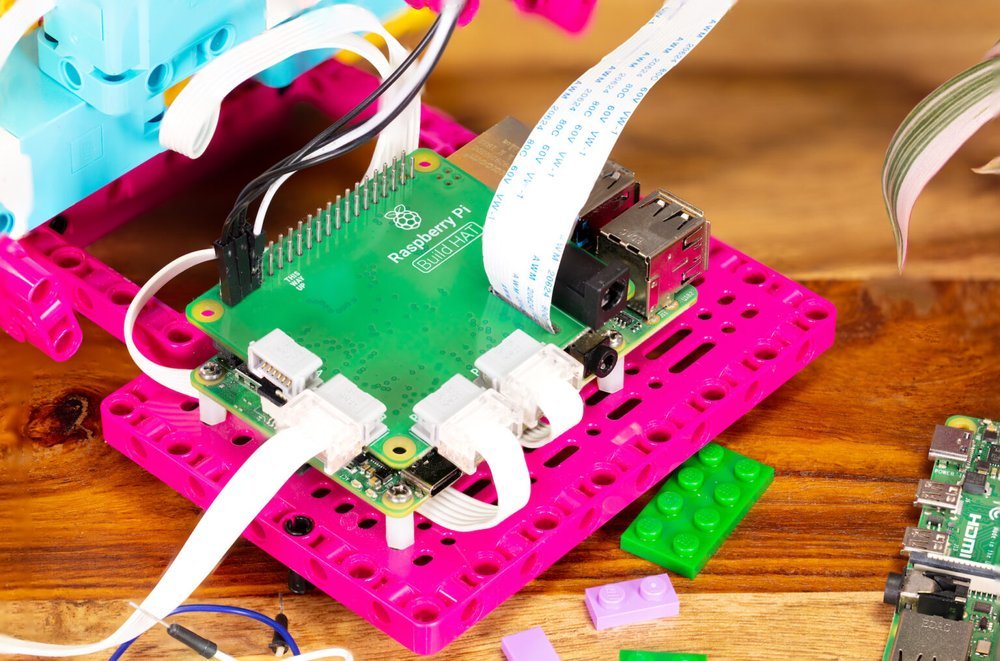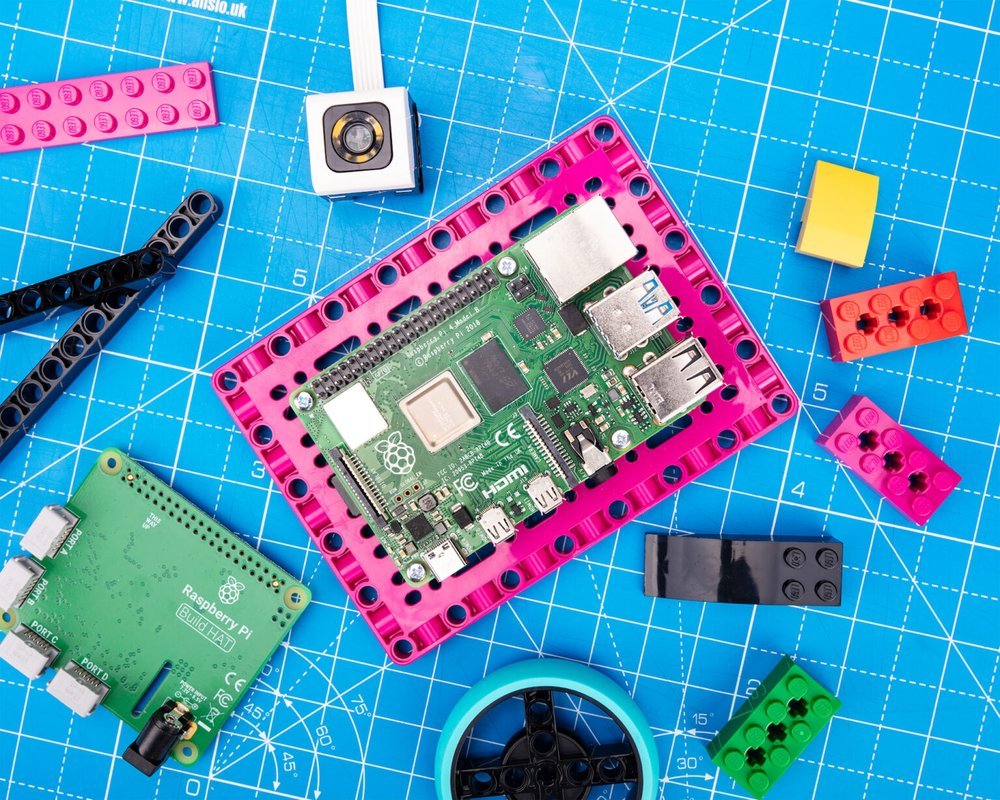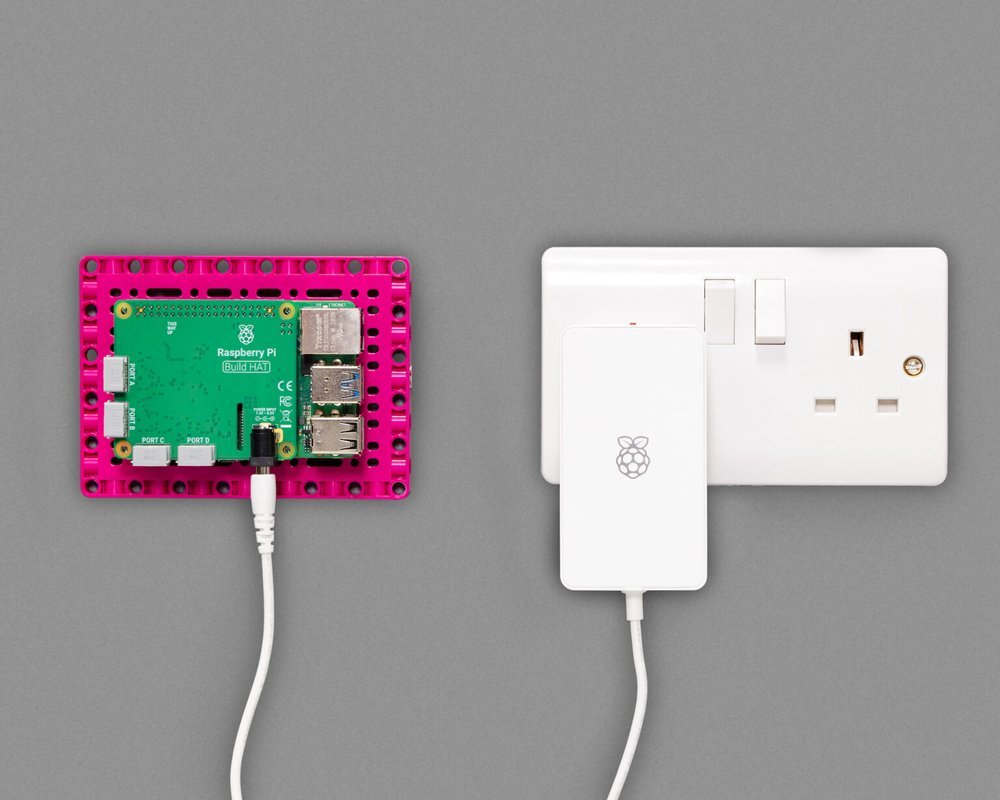
LEGO Education
Product Design, Learning Experience Design, Content Development, Creative Technology
Overview
During my time at LEGO Education on the Innovation team, I worked on multiple K-12 STEAM product experiences that will make it to market in the next few years: from new LEGO elements, to engaging activities, to full product concepts. I developed early prototypes from research, insights, and personal experience and iterated quickly with feedback from students, teachers, and other stakeholders.
A Sampling of the Problems We Addressed
💻 Lowering the floor: Coding Unplugged
How can we “lower the floor” on coding so that more elementary learners and teachers can engage with coding for the first time?
🌍 Empowered Environmentalists
How can we empower elementary and middle school learners to become creative problem solvers in response to the climate crisis?
🕹 A Pathway to Advanced Electronics
How can we create a pathway for middle and high school learners to begin working with advanced open-source microcontrollers, computers, sensors, and more?
⚙️ Engineering Science
How can we create an engineering toolkit that allows high school students to go beyond replicating experiments by designing their own?
🖥 Physical + Digital
How can we increase student engagement by partnering with a digital content platform to create physical-digital hybrid experiences?
Key Responsibilities + Accomplishments
Creative Lead on a LEGO Maker Plate Element (Patented) that connects to open-source platforms such as Raspberry Pi, Arduino, micro:bit, and Circuit Playground Express.
Designed full product experiences including developing inspirational models for use in sets.
Researched market trends, conducted competitor analyses, and went on site visits to inform design work.
LEGO Maker Plate Element with Raspberry Pi
Organized and led concept testing sessions in collaboration with Tufts University’s Center for Engineering Education and Outreach.
Developed insights from research to help inform design concepts.
Created compelling graphics, posters, and learning materials for presentations, testing sessions, and more.
A Note:
While I can’t share the details of what I worked on at LEGO Education for confidentiality reasons, I can walk through some of the creation of the Maker Plate / Raspberry Pi partnership since it has launched.
🕹 A Pathway to Advanced Electronics
How can we create a pathway for middle and high school learners to begin working with advanced open-source microcontrollers, computers, sensors, and more?
Design Process
-
Many nations are aligning around the importance of Computer Science and Engineering Education. But few schools have solid curricula, trained educators, and the affordable resources to enact these mandates. During this phase, my team and I conducted market research, talked to educators and experts, and analyzed competitor products to better define the problem.
-
LEGO Education’s products offer an excellent low-floor experience for computing learners and would serve as the foundation for the experience. It immediately became evident that we needed a way to open up the LEGO system to open-source platforms, and thus, the Maker Plate was born. Building on some of the new, versatile elements my colleagues were inventing, I set out to design an element that could connect to just about any electronics board. Taking inspiration from patterns in nature, I created hundreds of prototypes. Each day ended with me sending a couple of new attempts to my 3D printer for testing the next morning.
-
We kicked this off with a design sprint with our friends at Raspberry Pi. We came together and outlined several experiences that could form the basis of the product. From there, I took our “Hero Model” and iterates it further.
-
I coordinated with a local public high school to test the Maker Plat concept with 50 students. I gathered quantitative and qualitative data such as: how long it took learners to use the Maker Plate, what challenges they faced in using it, how they felt about the experience and more. I analyzed this data to make final decisions about the design so that I could prepare it for production.




